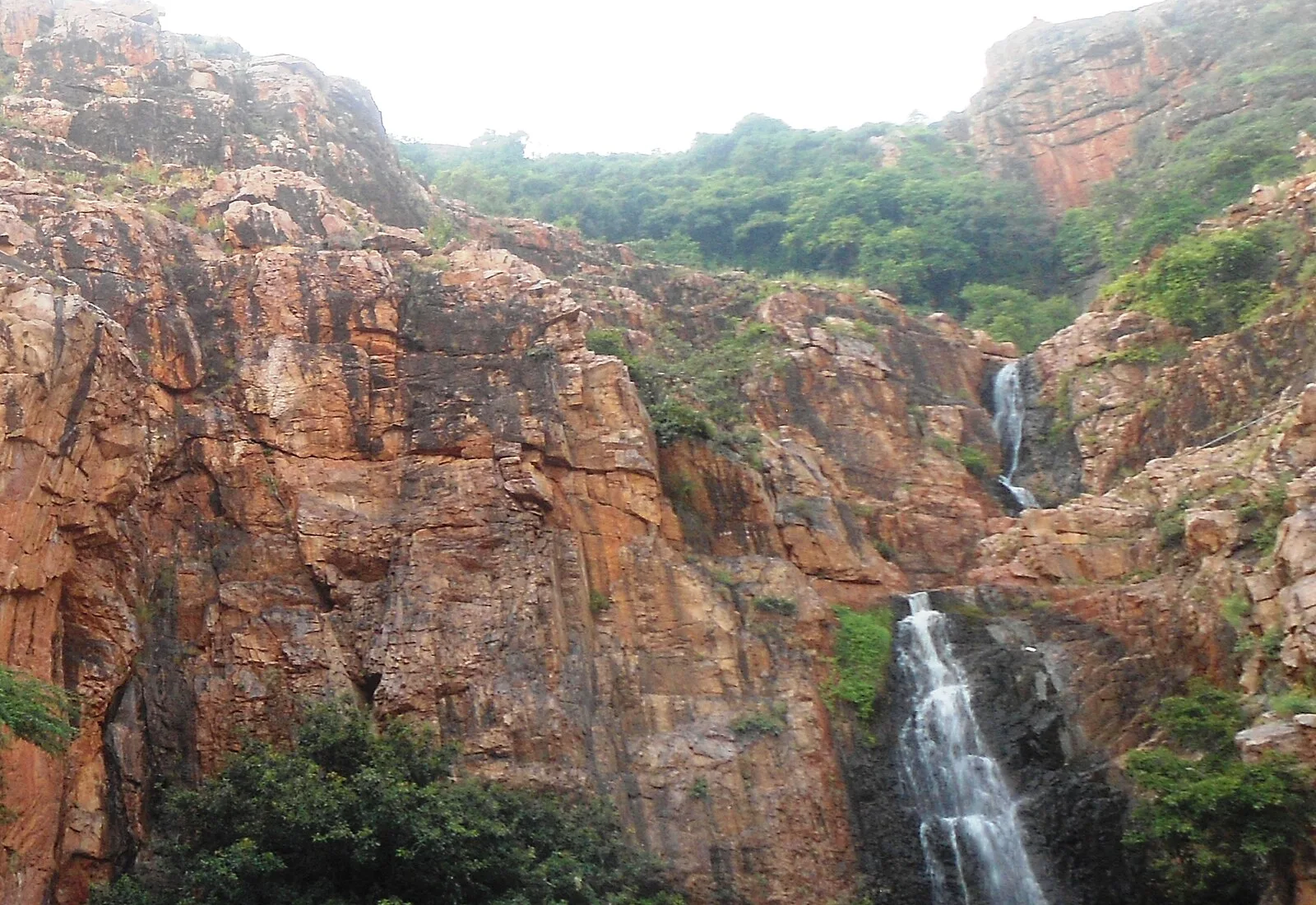India is renowned for its rich cultural heritage, with famous landmarks such as the Taj Mahal, the temples of Khajuraho, and the forts of Rajasthan that draw visitors from around the globe. However, beyond these cultural treasures, India also boasts a wealth of unique geological sites, known as geological monuments or geo-heritage sites. These natural landmarks offer invaluable insights into the history of Earth science, serving as markers of our planet’s evolutionary history.
What is a Geological Monument?
Geological monuments are unique natural landmarks that reveal the intricate details of the Earth’s geological structure. These sites showcase the distinct layers of the Earth’s crust, highlighting various formations, compositions, and arrangements of rocks and minerals. They provide valuable insights into Earth’s geological history, including processes such as sedimentation, volcanic activity, and tectonic movements. By studying these monuments, scientists can trace the evolution of the planet’s surface, understand past climatic conditions, and appreciate the natural forces that shaped our world millions of years ago.
The Importance of Geoheritage
Geoheritage, or geological heritage, plays a crucial role in helping us understand the geological past, educating future generations, and maintaining biodiversity. India’s geological monuments are not only for scientific research but also attract geologists, researchers, and tourists from around the world. They offer an informative journey into the geological structure of a region, making them both interesting and educational.
India’s National Geological Heritage Monument Sites
India is home to 34 officially recognized National Geological Heritage Monument Sites. These sites span across the country and encompass a wide range of geological phenomena. Here are some notable examples:
1. Volcanogenic Bedded Barytes (Mangampeta, Andhra Pradesh)
2. Tirupati Eparchaean Unconformity (Chittoor, Andhra Pradesh)
3. Tirumala Natural Geological Arch (Tirumala Hills, Andhra Pradesh)
4. Erra Matti Dibbalu (Visakhapatnam, Andhra Pradesh)
5. Angadipuram Laterite (Malappuram, Kerala)
6. Varkala Cliff Section (Varkala, Kerala)
7. National Fossil Wood Park (Viluppuram, Tamil Nadu)
8. National Fossil Wood Park (Perambalur, Tamil Nadu)
9. St. Thomas Charnockite (Chennai, Tamil Nadu)
10. Karai Badlands Formation Fossil Park (Perambalur, Tamil Nadu)
11. Eddy Current Marking – Sedimentary Structures (Mahisagar, Gujarat)
12. Sendra Granite (Pali, Rajasthan)
13. Barr Conglomerate (Pali, Rajasthan)
14. Stromatolite Fossil Park (Udaipur, Rajasthan)
15. Gossan in Rajpura-Dariba Mineralised belt (Udaipur, Rajasthan)
16. Bhojunda Stromatolite Park (Chittorgarh, Rajasthan)
17. Akal Wood Fossil Park (Jaisalmer, Rajasthan)
18. Kishangarh Nepheline Syenite (Ajmer, Rajasthan)
19. Jodhpur Welded Tuff (Jodhpur, Rajasthan)
20. Jodhpur Group – Malani Igneous Suite Contact (Jodhpur, Rajasthan)
21. Great Boundary Fault at Satur (Bundi, Rajasthan)
22. Lonar Lake (Buldhana, Maharashtra)
23. Lower Permian Marine Bed at Manendragarh (Surguja, Chhattisgarh)
24. Columnar Basaltic Lava of Coconut Island (St. Mary’s Island) (Udupi, Karnataka)
25. Pillow Lavas near Mardihalli (Chitradurga, Karnataka)
26. Peninsular Gneiss of Lalbagh (Bangalore, Karnataka)
27. Pyroclastics & Pillow Lavas of Kolar Gold Fields (Kolar, Karnataka)
28. Shivalik Fossil Park (Sirmaur, Himachal Pradesh)
29. Pillow Lava in Iron Ore Belt at Nomira (Keonjhar, Odisha)
30. Plant Fossil Bearing Inter-trappean Beds of Rajmahal Formation (Sahibganj, Jharkhand)
31. Nagahill Ophiolite Site (Pungro, Nagaland)
32. Stromatolite Bearing Dolomite / Limestone of Buxa Formation at Mamley (Namchi, Sikkim)
33. Ramgarh Crater (Baran, Rajasthan)
34. Zawar Lead-Zinc Mine (Udaipur, Rajasthan)
India’s geological monuments are a treasure trove of knowledge, offering a glimpse into the Earth’s distant past. These sites are not only of scientific significance but also hold great educational and touristic value. As we explore these natural wonders, we gain a deeper appreciation for the geological processes that have shaped our planet, enhancing our understanding of Earth’s dynamic history.
